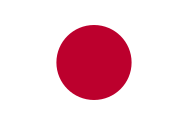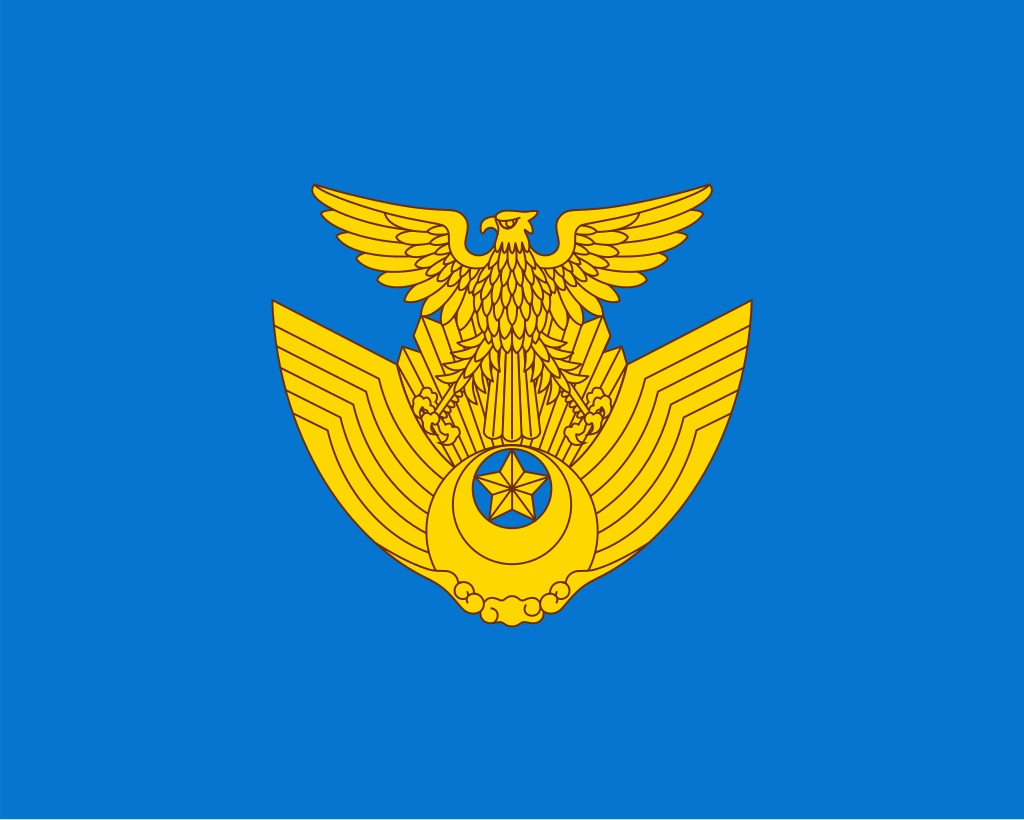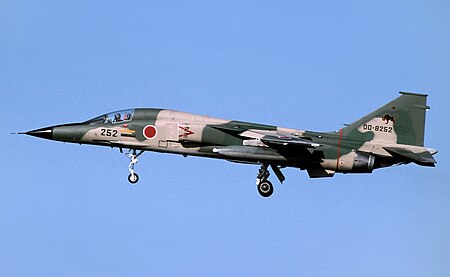Suvorov
Addict
- Jan 18, 2020
- 1,142

TRAINING OBJECTIVE: CLOSE AIR SUPPORT LVL I | 1st FIGHTER WING
CLASSIFIED

JAPANESE AIR SELF-DEFENSE FORCE
1st STRIKE WING

Japanese F-1
CAS LVL I Badge
- 24 Mitsubishi F-1s
MISSION BRIEFING
Pilots will begin training to provide effective close air support. Utilizing dummy and electronic simulation weapons, these pilots will practice receiving orders for close air support from ground troops and from ground control. The goal is to provide accurate and effective close air support.
LOGISTICS
Pilots would begin their training from the airbase located in Tokyo Japan. Exercises would take place over the Pacific Ocean. All planes are fully fueled, maintained, serviced, and ready for action. Ground control would monitor the exercise and recall any pilots with any issues. Pilots would not be permitted to operate below 30% fuel capacity.
Last edited:


